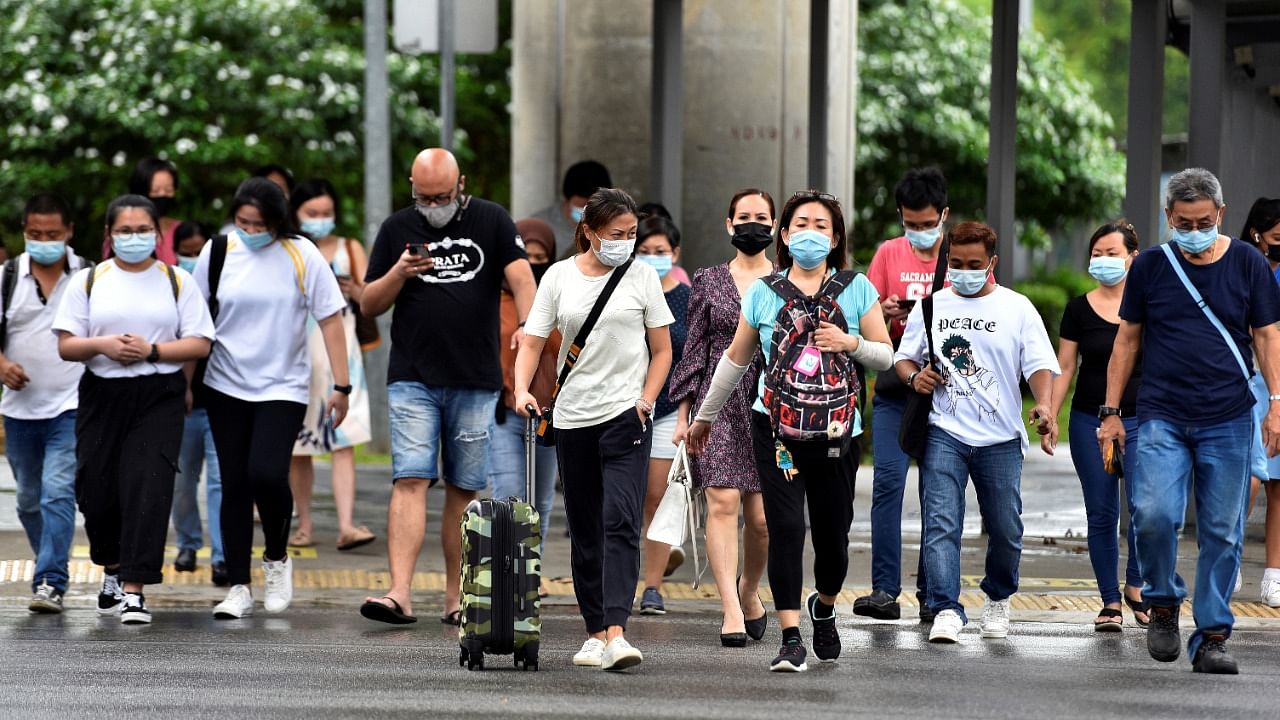
Singapore’s total population shrank by 4.1 per cent to 5.45 million in June this year, largely due to a fall in non-resident numbers amidst the Covid-19 travel restrictions, according to official figures released on Tuesday, indicating the sharpest fall since the government began collecting such data in 1970.
The fall in the non-resident population was because of a decrease in foreign employment owing to travel restrictions due to Covid-19 and an uncertain economic climate.
Both citizen and permanent resident (PR) populations saw year-on-year declines for the first time since the Government began collecting such data in 1970, said the National Population and Talent Division, which publishes the annual Population in Brief report.
Specifically, the number of citizens fell by 0.7 per cent to 3.5 million, while PR numbers dropped 6.2 per cent to 490,000, reported the Channel News Asia, citing the data.
“Travel restrictions during the pandemic was the main factor affecting the size of the (citizen) and PR population in 2021, as more (citizens) and PRs were staying overseas continuously for 12 months or more, who therefore were not counted as part of the resident population,” the National Population and Talent Division said.
Fewer people became new citizens or PRs last year, likely due to travel restrictions and operational limitations arising from Covid-19, it said.
“For example, safe management measures resulted in limited slots to complete the final steps for PR and citizenship registration, which must be done in-person.
“As a result, some applicants who were approved in principle had not completed all the required processes to be granted their permanent residency or citizenship by end-2020.”
The non-resident population saw the largest drop of 10.7 per cent to hit 1.47 million.
“The decrease was seen across all pass types, with the largest drop in work permit holders in the construction, marine shipyard and process sectors,” said the channel report.
Singapore’s citizen population is also continuing to grow, with the median age rising from 42.2 years in 2020 to 42.5 years this year.
The proportion of seniors – aged 65 and above – is rising, and at a faster pace than the last decade, as large cohorts of “baby boomers” have begun joining this age group, the report said.
Overall, the proportion of seniors has increased from 10.4 per cent in 2011 to 17.6 per cent in 2021.
“This proportion is expected to increase to about 23.8 per cent in 2030,” the report said.
The number of citizens aged 80 and above has also almost doubled from 71,000 in June 2011 to 128,000 in June this year.
Check out DH's latest videos: